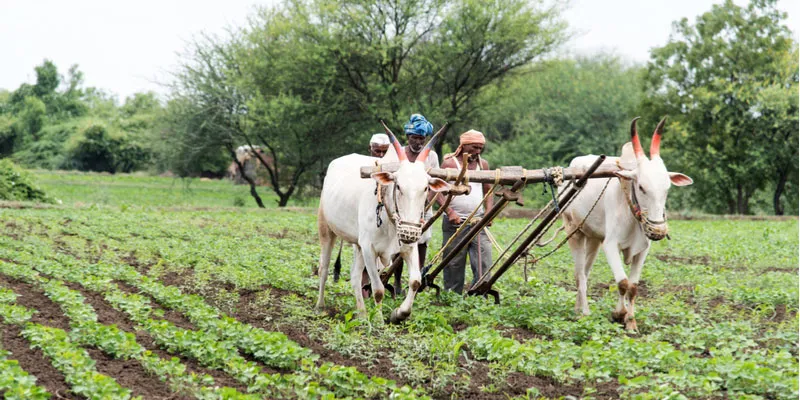Rural-urban shift more fluid than we believe
With the rural-urban boundary becoming blurry, our policymakers really need to rethink.
For long, we have been told that the question of being rural and urban completely revolves around the extent of a population’s engagement in the farm sector.
With Census 2011 came a revelation—for the first time in 90 years, the population of urban India had increased much more than the rural population. If urban population shows greater increase, does that necessarily imply rural-to-urban migration, where the migrants have given up on agriculture? And when we say migration, is it only about rural-to-urban migration for better work opportunities? Is this an inevitably one-sided transition?

A paper by the Centre for Policy Research, ‘Farm to Non-Farm: Are India’s Villages “Rurbanising”?’, compares different data sets to show us deeper meanings of trends. From Census 2011, one can see that the primary reason for the increasing urban population is the increase in the number of census towns, which rose from 1,361 in 2001 to 3,894 in 2011. By definition, a census town is a unit that can be declared as a town when ‘its population crosses 5,000; when the number of male workers in agriculture falls to less than 25 percent of the total; and where population density is at least 400 per square kilometre’. This certainly means that a greater work force moves into the non-farm sector. This could also mean that there are more attractive opportunities available outside the farm sector.
NSS data for 2011–2012 showed that 64 percent of the rural workforce was engaged in agriculture and allied activities, yet half of the total manufacturing employment and 44 percent of the total services employment was in rural areas. A renewed focus on the agro-based industry will add to the diversifying opportunity pool in rural areas. It must be understood that the movement of workforce into and out of farm sector is not unidirectional and is highly unpredictable.

Smaller rural settlements have more dynamic workforce and a small change in its occupation could change the status of the settlement from rural to urban. Also, the characteristic of workforce for both small and large settlements is too complex to be defined by a single trend. If a settlement is predominantly agrarian in one decade, it could evolve to be otherwise in the next decade.
One might believe that it is the agricultural labourers who might cause this flux in workforce because they do not have a reliable source of income. In reality, the cultivators have also contributed to the transitions. Contrary to popular perception, India’s villages are not moving irrevocably away from agriculture. It is a process of ebb and flow, characterised by variation and unpredictability
The movement from farm to non-farm sector could either be due to distress in agriculture or the availability of other options outside agriculture. To be able to create a sustainable impact as opposed to eventually becoming irrelevant, it is critical to gauge this reality before introducing new schemes or policies.
Interestingly, change in the proportion of non-farm workforce is not found to be related to change in cultivator workforce or change in agricultural labourers at the settlement level. This shows that it is not just a farm-versus-non-farm story and that there is fluidity of occupations in the rural settlements of the country.
On the structural front, there is a lot of variability in all three categories of workers and this variability reflects in the ease with which people are moving from one sector to another. This may mean that rural labour markets might not be as sticky as we think they are.
The instability of the rural non-farm workforce shows that the rural-urban boundary is blurry, and from the policy point of view, this creates a difficulty in the formulation and application of schemes in these settlements.
Disclaimer: This article, authored by Shanmuga Priya T, was first published on GOI Monitor.







